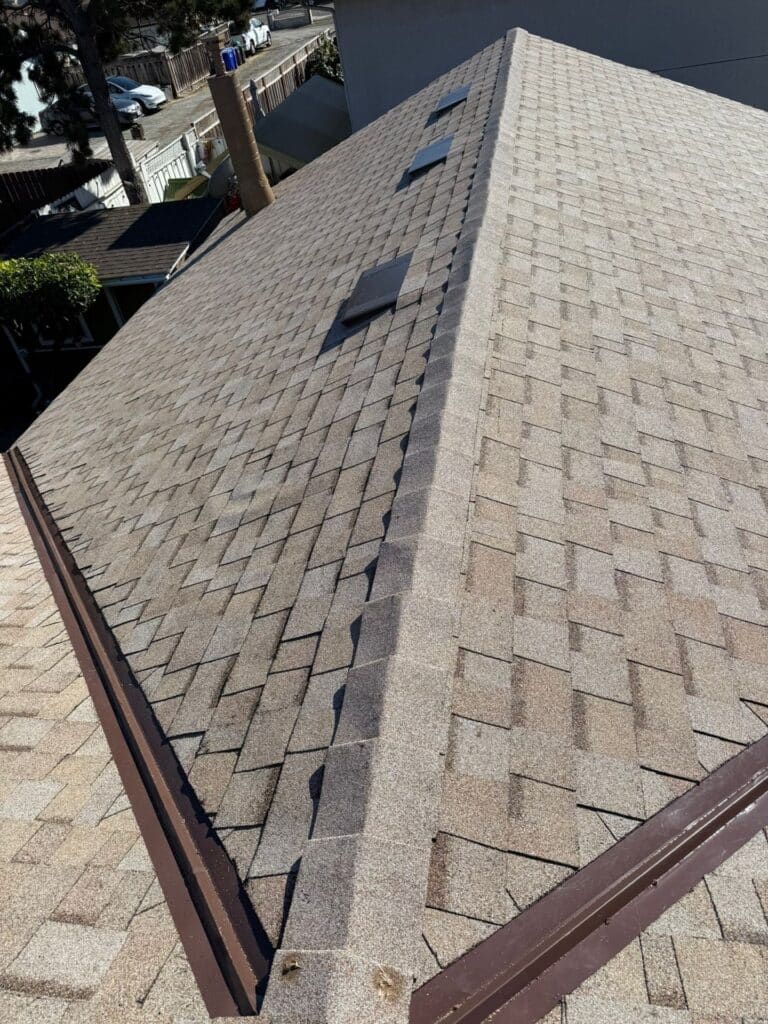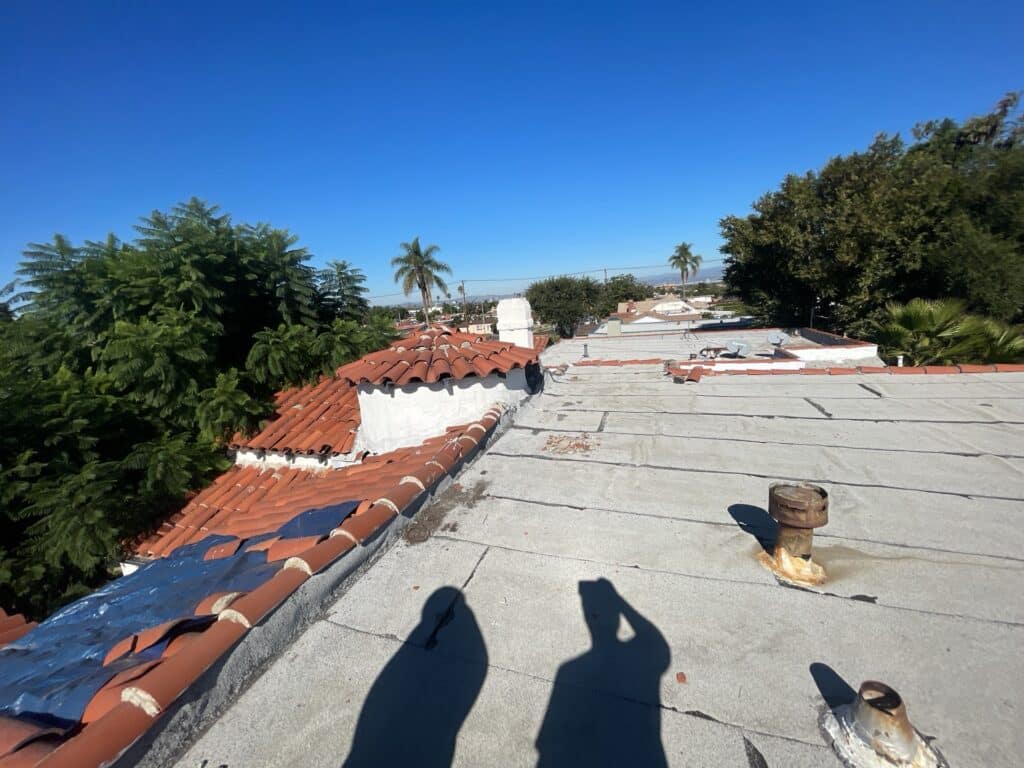Recognizing Early Signs Can Save Your Home
Every year, homeowners face unexpected challenges, but few are as disruptive and potentially costly as roof damage. When it comes to protecting your family and your investment, understanding and identifying the warning signs of roof issues early can prevent a great deal of heartache and financial strain. Small leaks and minor wear may seem like a mere inconvenience, but without prompt attention, they can lead to major repairs. It’s not just about the immediate impacts either; the longevity of your home’s entire structure is dependent on a solid, intact roof. By staying vigilant and knowledgeable about these warning signals, you can ensure that minor issues don’t escalate into major problems.
In today’s DIY era, many homeowners prefer to take matters into their own hands. While being proactive is commendable, it’s important to know when to seek professional help. Some warning signs, like curling or missing shingles, are easily spotted, but others like spongy decking or compromised flashing require a trained eye. Aesthetic damage is often the least of concerns; the real danger lurbs beneath where moisture finds its way into your home, causing unseen decay to both structure and health. Awareness is key, and spotting the first signs is crucial in mitigating the potential for widespread damage.
A Stitch in Time Saves Nine
There’s an old saying that applies perfectly to roof maintenance – “A stitch in time saves nine”. This couldn’t be truer for roof upkeep, where early intervention can save thousands in potential repair costs. Most significantly, the peace of mind gained from a secure and durable roof is invaluable, ensuring a safe haven for your loved ones. The cycle of prevention begins with recognizing slight discolorations on ceilings or walls, which could indicate water penetration. Regularly checking your attic for any light penetration or stains can also provide evidence of underlying issues that may not yet be visible externally, but are equally pressing. If you address these issues swiftly, you’re not just maintaining a roof; you’re preserving a home.
Detailed Analysis of Roof Warning Signs
Understanding what to look for is the linchpin in early roof problem detection. Curled, cracked, or missing shingles are tell-tale signs, but there are more subtle indicators too. Look out for shingle granules accumulating in gutters—these small, gritty pieces erode from shingles signaling their end of life. Another red flag is the presence of moss or algae, which may seem harmless but can trap moisture against the roof surface and create rot. Diligent homeowners will also keep an eye on their energy bills; unexplained spikes can indicate heat escaping through a roof compromised in insulation.
Professional Insights on Timely Maintenance
To truly protect your property, preventative maintenance is critical. A semi-annual inspection schedule can help catch problems early, before they cause significant damage. Ensure that your gutters and downspouts are clear of debris, which can cause water to pool and damage roofing material. If you’re unsure about carrying out these inspections yourself, it’s worth engaging with seasoned professionals. For those in Glendale, CA, Newhaus Roofing & Construction offers a comprehensive array of roofing services, ensuring that every aspect of your roof is in top condition.
Critical Considerations for Long-Term Roof Health
Home is where the heart is, and the roof is what keeps it safeguarded. Beyond visible damage, be vigilant for less apparent issues like water stains on your ceiling or walls, signaling a potential leak. It’s important to heed these warning signs and not defer action; water damage can spread rapidly, leading to structural damage or mold growth. The interior of your home can give you clues about the roof health—bubbling paint or a musty smell in your attic should prompt a thorough inspection. And let’s not forget the importance of adequate roof ventilation, which not only extends the life of a roof but also helps in reducing energy costs.
Preserving the Integrity of Your Roof
The longevity of your roof hinges on the effort you invest in regular maintenance and repairs. It transcends the mere aesthetic appeal of your home, encompassing critical protective functions. A robust roof acts as the primary barrier against the elements, playing a pivotal role in insulation and energy efficiency. Enlisting the expertise of professional roofing services like those offered by Newhaus Roofing & Construction can serve as a safeguard for your home’s overall health. By cultivating a relationship with a trusted roofing contractor, you ensure a proactive approach to roof health, warding off potential future crises.
Conclusion: The Right Response to Roof Warnings
As we wrap up, remember that the key to preserving your home and preventing costly damages lies in recognizing the signs of potential roof issues early on. Procrastination can result in compounding problems, where a simple repair could escalate into a full-blown replacement if neglected. A well-kept roof not only ensures a secure and dry living space but also contributes to your home’s curb appeal and market value. Engaging with proven experts can help in maintaining your peace of mind, knowing that your roof is in capable hands. By taking these signs seriously and taking decisive action, you affirm your commitment to protecting one of your most valuable assets—your home.
Final Thoughts on Roof Care and Repair
To conclude, comprehensive roof care is not a luxury but a necessity for responsible homeownership. Each season, especially the transition from winter to spring in Glendale, CA, brings its own set of challenges to a roof’s integrity. Stay vigilant by conducting regular inspections and maintaining open communication with roofing professionals who can offer tailored advice and solutions. Remember, your roof is not just another structure; it’s a fundamental component that preserves the sanctity and comfort of your living space. Prioritizing your roof’s health through attentive maintenance is the ultimate long-term saving strategy, preventing the exponential costs and stress of emergency roof repairs.
Insights From The Experts
Tip 1:
Schedule routine inspections bi-annually or after severe weather events. Regular inspections can identify minor issues before they escalate into costly repairs.
Tip 2:
Know what to look for; signs such as cracked or missing shingles, clogged gutters and downspouts, or sagging roof lines can indicate underlying roof issues.
Tip 3:
Don’t ignore the attic; check the interior for signs of water intrusion, like stains, mold, or musty odors, which can point to leaks that might not be visible outside.
Tip 4:
Stay on top of maintenance; clear out debris and keep trees trimmed away from your roof to prevent damage from branches and to reduce the buildup of leaf litter.
Tip 5:
Seek professional help for repairs; while temporary fixes might seem cost-effective, improper repairs can shorten the life of your roof and lead to more significant issues down the line.
Expert Answers to Your Roofing Queries
1. How often should I inspect my roof for potential issues?
Ideally, your roof should be inspected twice a year: once in the spring to assess any damages from winter, and again in the fall to prepare for the cold season. Additionally, inspections should follow any severe weather events.
2. What are the immediate steps to take when signs of roof damage are spotted?
If you spot signs of roof damage, immediately document the extent for insurance purposes and cover any interior leaks with tarps to prevent water damage. Then, contact a roofing professional to assess and address the repairs needed.
3. Can preventive maintenance prolong the lifespan of my roof?
Yes, preventive maintenance, such as cleaning gutters and removing debris, can greatly extend the life of your roof by preventing the buildup of moisture and the subsequent rot or mold that can follow.
4. What should be included in a professional roof inspection?
A thorough professional roof inspection should include checking for missing, curled, or damaged shingles, assessing the integrity of roofing membranes and underlayment, and ensuring proper ventilation and insulation.
5. Are there any quick fixes for minor roofing problems?
While some minor issues like a few missing shingles can be temporarily fixed with roofing cement or tape, it’s crucial to arrange for a permanent repair from a professional to prevent future damage.



